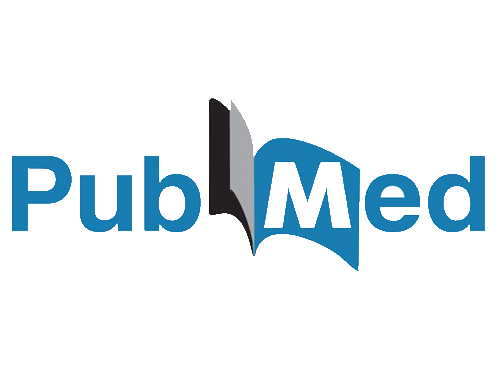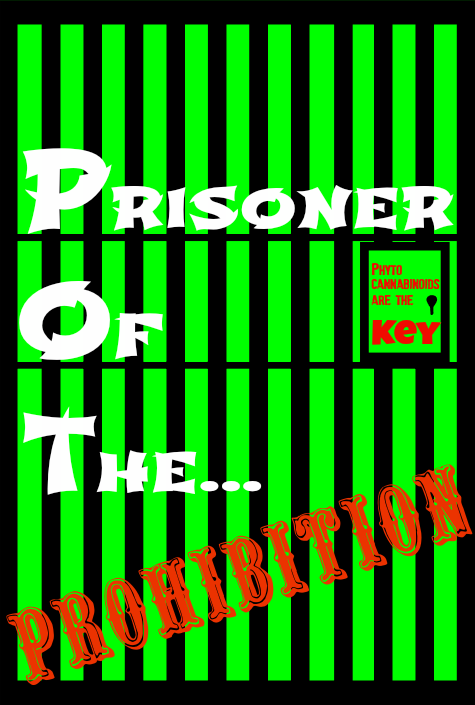2014 Mar 27. [Epub ahead of print]
 The Potential of Antiseizure Drugs and Agents that Act on Novel Molecular Targets as Antiepileptogenic Treatments.
The Potential of Antiseizure Drugs and Agents that Act on Novel Molecular Targets as Antiepileptogenic Treatments.
Abstract
A major goal of contemporary epilepsy research is the identification of therapies to prevent the development of recurrent seizures in individuals at risk, including those with brain injuries, infections, or neoplasms; status epilepticus; cortical dysplasias; or genetic epilepsy susceptibility. In this review we consider the evidence largely from preclinical models for the antiepileptogenic activity of a diverse range of potential therapies, including some marketed antiseizure drugs, as well as agents that act by immune and inflammatory mechanisms; reduction of oxidative stress; activation of the mammalian target of rapamycin or peroxisome proliferator-activated receptors γ pathways; effects on factors related to thrombolysis, hematopoesis, and angiogenesis; inhibition of 3-hydroxy-3-methylglutaryl-coenzyme A reducatase; brain-derived neurotrophic factor signaling; and blockade of α2 adrenergic and cannabinoid receptors. Antiepileptogenesis refers to a therapy of which the beneficial action is to reduce seizure frequency or severity outlasting the treatment period. To date, clinical trials have failed to demonstrate that antiseizure drugs have such disease-modifying activity. However, studies in animal models with levetiracetam and ethosuximide are encouraging, and clinical trials with these agents are warranted. Other promising strategies are inhibition of interleukin 1β signaling by drugs such as VX-765; modulation of sphingosine 1-phosphate signaling by drugs such as fingolimod; activation of the mammalian target of rapamycin by drugs such as rapamycin; the hormone erythropoietin; and, paradoxically, drugs such as the α2 adrenergic receptor antagonist atipamezole and the CB1 cannabinoid antagonist SR141716A (rimonabant) with proexcitatory activity. These approaches could lead to a new paradigm in epilepsy drug therapy where treatment for a limited period prevents the occurrence of spontaneous seizures, thus avoiding lifelong commitment to symptomatic treatment.
- PMID:
- 24671870
- [PubMed – as supplied by publisher]

